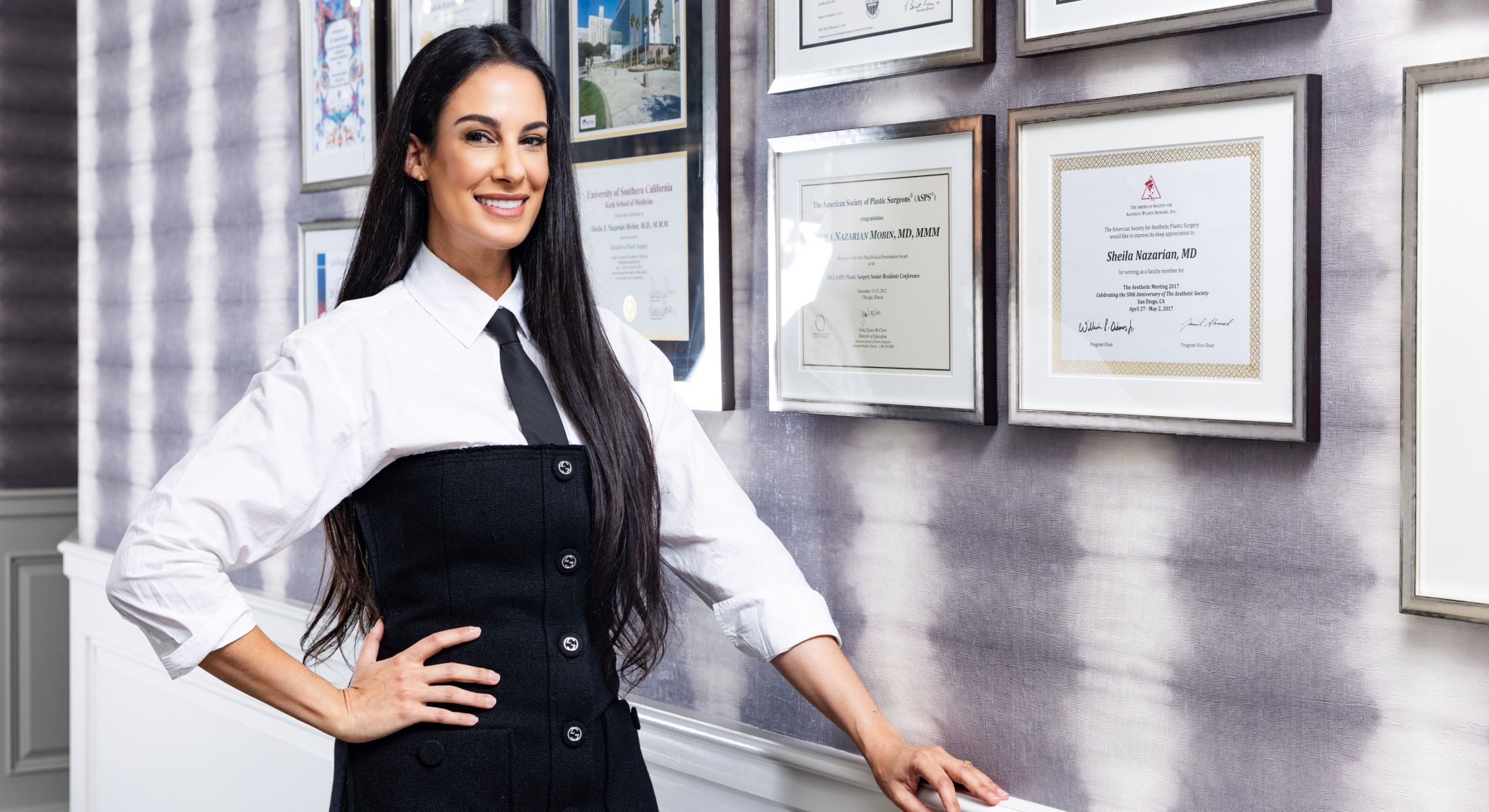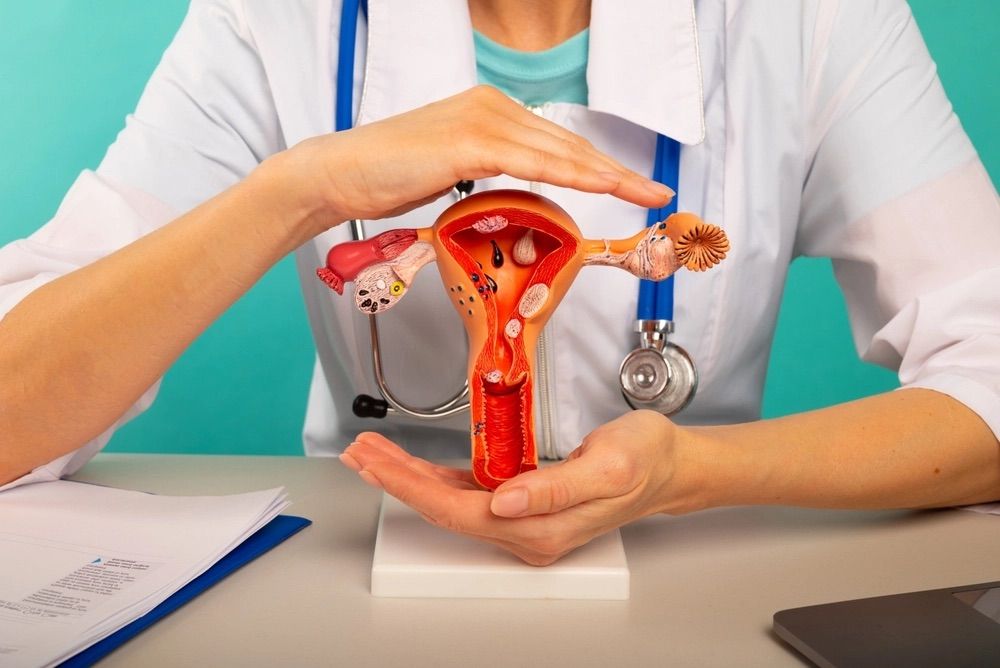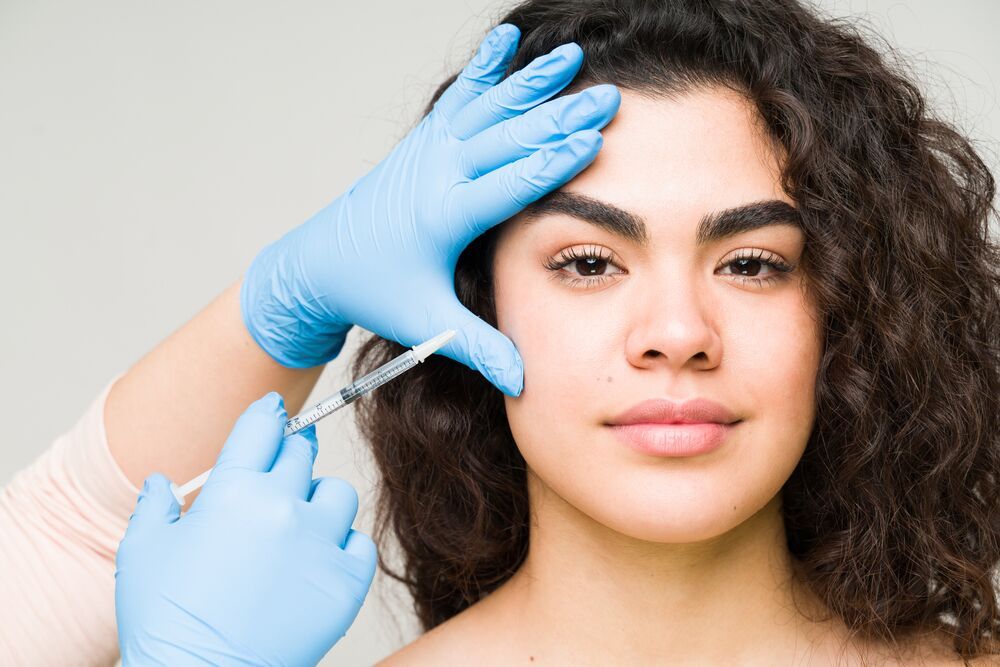Is Labiaplasty Right for You? A Guide to Costs, Benefits, and Realistic Expectations

Ultimate Guide for Buccal Fat Removal
by Dr. Sheila Nazarian

by Dr. Sheila Nazarian
Buccal fat removal can help reduce facial fullness, enhance the natural contours of your face, and help you achieve your desired look.
It is difficult to target fat in a specific area of your body and the fat around the face tends to be highly resistant to diet and exercise. This guide will give you everything you need to know about the benefits, risks and side effects, and surgical process of buccal fat removal to help determine if the procedure is right for you.
Buccal fat pad removal, also commonly known as a cheek reduction, is a cosmetic surgical procedure. During the procedure, the fat pad is removed or reduced from the hollows of the cheek. These pads are a naturally occurring deep pad of fat that exist on both sides of the face in the middle to bottom third of the cheeks.
This process is available for those who want to reduce chubby cheeks, otherwise known as “chipmunk cheeks”. A cheek reduction can help transform a babyface into a more contoured look.
The size of the buccal fat pad is different for everyone and is genetically determined. It can also be different or asymmetric in each cheek as well. Although a youthful look is often attributed to a soft and round face, it is possible for a person’s face to feel too full.
The ideal candidate for buccal fat removal is physically healthy, at a stable weight, and is a non-smoker. This procedure is the best fit for someone who is bothered by the appearance of chubby cheeks and has been unable to achieve results through proper diet and exercise.
The procedure is not recommended for patients who already have a thin or narrow face, as it can lead to a gaunt appearance. The procedure is also not recommended for those with life-threatening illnesses or severe medical conditions.
It is important to consult with the doctor before buccal fat removal and share your medical history.
There are pros and cons to any type of surgical procedure. Buccal fat extraction can be the solution to reduce facial fullness and obtain more defined facial angles. Here is a general overview of the pros and cons associated with cheek reduction surgery.
Pros:
Cons:
Although there are some risks with any medical procedure, one study shows that only 8.45% of patients presented minor complications as a result of the surgery like prolonged swelling for more than two weeks. Before you make a decision, it is important to schedule a consultation with a board-certified plastic surgeon who performs a lot of these procedures to create a plan. This will help maximize the benefits and reduce the risk of side effects.
The actual surgery for fat removal in the cheeks is performed under local anesthetic in a procedure room and takes approximately one hour. Medications may be used in conjunction with the local anesthetic to help alleviate anxiety and pain.
The process for cheek reduction surgery is rather simple. The surgeon will go in and create a small incision inside the mouth. This incision can be created on either one or both sides of the face. This is dependent on the patient’s goal and is discussed with the doctor before the surgery.
The buccal fat pad can range from the size of a pea to the size of a strawberry. The patient will consult with the doctor to determine how much of the buccal fat pad will be removed to achieve the desired look.
Everyone has a different face shape and the size of the buccal fat pads may vary from person to person. Prior to the procedure, the patient and surgeon will set up a consultation. The doctor will be able to examine the patient’s face and come up with a personalized game plan to help the patient achieve their desired look.
The patient should be prepared to discuss their medical history with the doctor. The patient should also have realistic expectations for this procedure.
It is during this time that the patient should let the doctor know of any questions or concerns they have about the procedure. It is important to choose a doctor who has the experience, skillset, and confidence necessary to perform the procedure. The patient and doctor will work collaboratively to set up a surgical plan that is optimized to help the patient obtain their goal.
Every patient will have an individualized surgical plan that has been optimized for their own results. Here is a general overview of what the procedure is like.
There is a recovery time following this procedure. After the operation, the doctor will provide the patient with a recovery plan to help ensure that they reduce the risk of infection or other side effects.
Instructions may include:
The swelling will decrease over the next several weeks and results can begin to be seen in as little as two weeks. It will take anywhere from two to four months to see the final results of this procedure. Continue to follow your plastic surgeon’s post-operative instructions and attend any follow-up appointments.
Many benefits are associated with buccal fat pad removal surgery, but there are also risks and side effects that may be involved with the procedure.
Risks and complications may include:
The surgeon will explain the risks and complications of the surgery in detail before the procedure. Oftentimes, the patient will be asked to sign consent forms stating that they understand the procedures regardless of the risks and side effects associated with the surgery. The patient should address all their questions and concerns with the plastic surgeon before the procedure.
Results can be seen two weeks after surgery when swelling begins to subside. However, it is important to note that it can take anywhere from two to four months after the buccal fat excision to see the full results.
Buccal fat pad removal cost can range drastically. This is dependent on the surgeon’s geographic location as well as his/her experience. The pricing will include the surgeon’s general fee, surgical facility costs, medical tests, medication cost, and anesthesia fees. Most surgeons offer payment plans for their patients that can be discussed during the consultation. Overall, buccal fat pad reduction surgery ranges from $3,500 to $8,500, depending on location and the experience of your plastic surgeon.
The patient will be given a local anesthetic during the procedure to help alleviate pain. The recovery process can be sore but various medications can help ease any discomfort. It is important to follow the instructions that your plastic surgeon will provide you post-op to reduce the risk of side effects.
Buccal fat removal surgery can be performed at any age.
Yes, buccal fat removal is suitable for both men and women.
Yes, the results of buccal fat pad removal are permanent. It can take up to four months to see the final results. However, if a significant amount of weight (usually more than 30 pounds is gained in the future, the cheeks may plump up again.

Despite the rise in popularity of cosmetic surgery procedures, many people still have no idea what a labiaplasty is. Let’s review if it is the right procedure for you. What is Labiaplasty? Labiaplasty is a […]

Volume loss is common as you age. As the temples lose volume, they become hollow. They make you look older and less attractive. Its effects could lead to facial imbalance, brow ptosis, and even crow’s […]

You may have hooded eyes or be wondering if you have hooded eyes. We will look at all that in this article and help you make the right choice on whether to correct it or […]